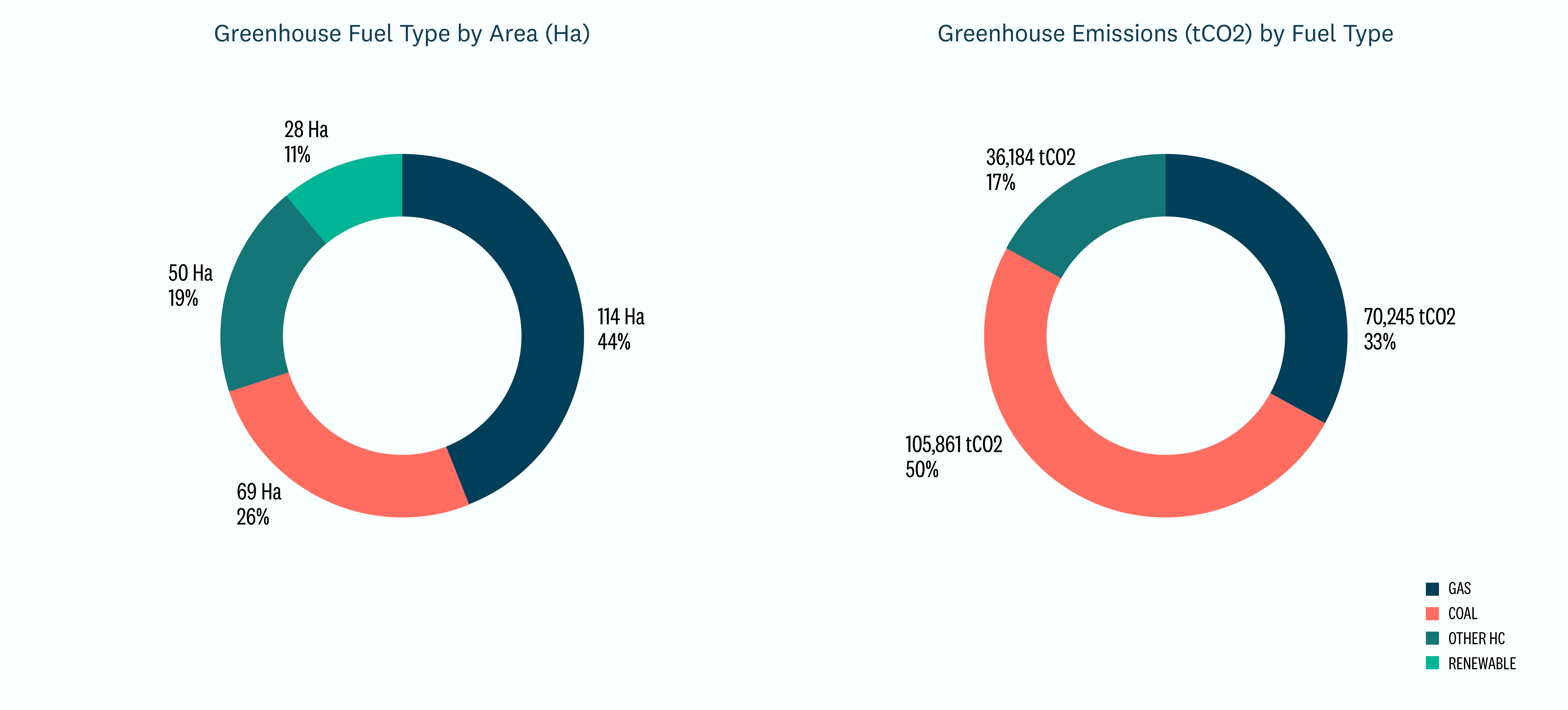Objectives
Our 5-step pathway is supported by Tomatoes NZ, Vegetables NZ and NZ Plant Producers. It provides tailored tools and resources to help growers lower their emissions and unlock business benefits.
Eligibility
All vegetable and plant growers in the covered cropping sector can access this pathway for free.
Your decarbonisation journey starts here
There are two ways to access the decarbonisation pathway.
Sign up for a series of curated emails below. We highly recommend this method as you will:
- Be alerted as soon as new resources are added
- Receive invitations to events and webinars
- Be the first to know about new co-funding opportunities
Or you can jump straight into things by visiting our tools and resources page.
The climate impact of the covered cropping sector
Covered cropping provides New Zealand with year-round food security — particularly important during winter, when severe weather events are more common and can affect food production.
New Zealand's weather and climate is variable from season to season, which impacts our ability to grow fresh fruit, vegetables, flowers, and fungi. Growing fresh produce in greenhouses means that New Zealanders can get fresh, locally grown food at any time of year, and producers can continue to trade.
Register
Want to receive tailored tools and resources straight to your inbox? Sign up to the Covered Cropping Decarbonisation Pathway now.
Greenhouses by fuel type

Most greenhouse growers are based in the North Island, with large and medium growers making up around 85% of the industry. The industry’s emissions largely come from coal and gas used to heat the greenhouses during the colder months.
A lot of covered cropping growers are feeling the effects of climate change, with increasingly unpredictable weather and rising fuel costs challenging growers’ ability to grow all year round.
Small steps taken by covered cropping growers across New Zealand will help reduce the impact of the industry on the climate, future proof businesses and provide food security for people.
This pathway focuses on reducing carbon emissions coming from fossil fuels, which ultimately means reducing the use of coal and gas across the growing process.
But remember, reducing emissions makes not only good environmental sense, but good business sense too.
The business good of decarbonisation
Switching away from fossil fuels can have many benefits for business, beyond reducing greenhouse gas emissions.
- Cost savings – reduce operating costs through energy efficiency and fuel switching.
- Social license – improve your reputation with socially responsible consumers and investors.
- Brand value – tap into new markets, spark innovation and create business opportunities.
- Employee engagement – attract and retain talent.
- Compliance – stay ahead of regulation for climate change mitigation.
People want to change, they just want to do so when they are confident they can manage or eliminate the risks and know that their business is viable and sustainable beyond that change. In our view, it’s a good investment for your business.
The sooner the switch, the greater the reward
The earlier businesses make changes, the faster potential cost-savings can be unlocked. By switching to low-emissions solutions soon, you can protect your business from potential fossil fuel supply and cost uncertainty. In addition, by acting quickly, your businesses may be able to get ahead of the pack for popular technologies – particularly if there is competition for limited resources.
Get started
Ready to begin? Explore our resources for the Covered Cropping sector and start your decarbonisation journey now.
Wayfinder
-
Tools and resources
-
Co-funding opportunities
-
Other sector pathways

